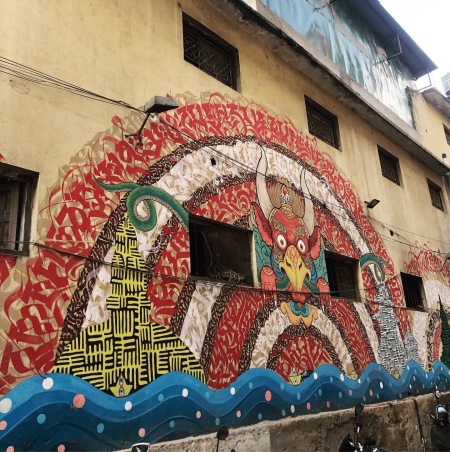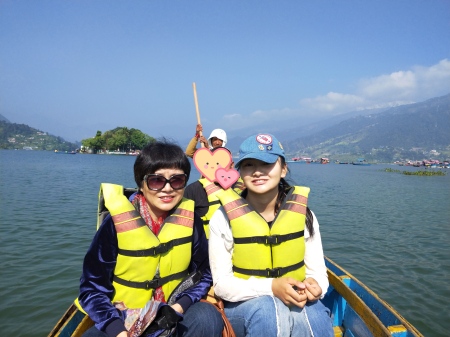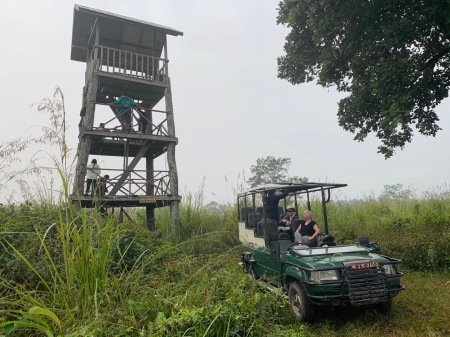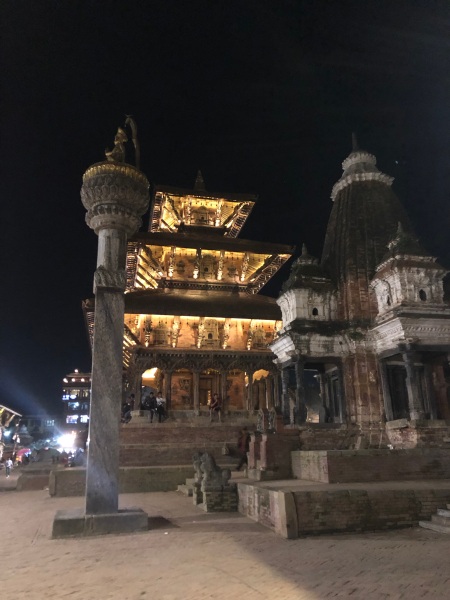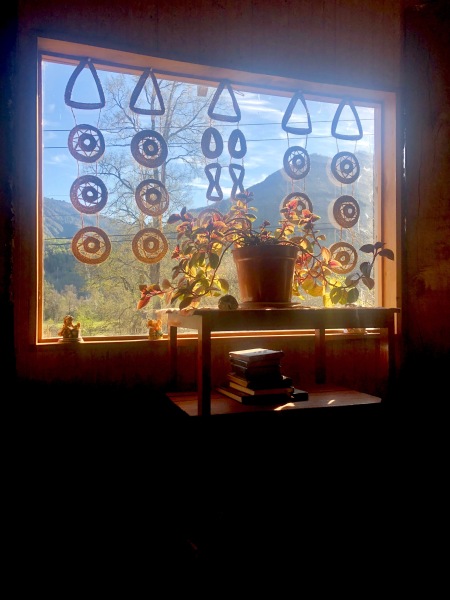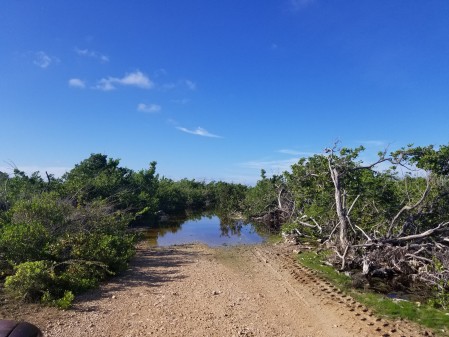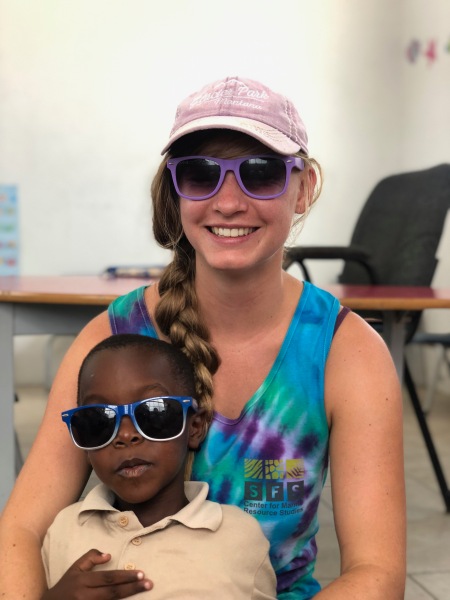On one of our last days in Nepal, we went to a very special school on the outskirts of Lalitpur. This school is called Life Vision Academy (LVA). As someone who is passionate about children’s education and quality of education, I found this place to be a safe haven for children.
LVA is a private boarding school for underprivileged children in Nepal. Some kids are from marginalized groups and lower castes, some are from remote areas that have no access to education, some have parents with economic challenges that cannot afford sending children to school. LVA caters to these families and offers them an opportunity for quality education.
Currently, there are 86 students in total, from pre-school to 10th grade (in Nepal, 10th grade is the end of secondary education). Each grade is about 8 to 10 students, though in 10th grade, there are only 4 students. Thanks to the small class sizes, all kids get the best care and attention from teachers. The children live in dorms with 6 didi (“elder sisters” in Nepali), have balanced diet plans, and most importantly, receive an excellent quality of education.

The Life Vision Academy in Lalitpur, Nepal. It is situated at the foot of a mountain. Thus, children often go on excursions to learn about the beauty of nature and get inspiration from nature. For example, they will look at caterpillars and learn that modern train structures is based on these tiny insects.
As we were walking into the school, many young children ran to meet us. “Hello!” I waved at a little boy in the Grade-1 classroom. “Hello,” he put down his toy and gave me a big smile, “nice to meet you!” Seeing his innocent face, I felt pure happiness from the bottom of my heart.
Radha came to guide us. She is one of the first graduates from LVA and has stayed to educate younger ones. Radha led us walking around the campus, visiting classrooms, dorms, the dining room, and patiently answered our endless questions. The classrooms were all set up differently and decorated creatively. Colorful posters were hanging on the walls, introducing different religions in the world. Radha introduced that every week, they have a competition of classroom decoration among all grades; this week’s theme was world religion. These children are from different religious backgrounds: Hindus, Buddhists, Muslims, etc. Thus, they learned from each other about different values and traditions in different religions.
On the pathway to dorms, there were some little squares of gardens. “These are gardens for different classes,” she explained, “we teach our kids how to care for plants.” At the back of the school building, we also found a small farm. The school has been growing vegetables itself to be more self-sustainable. All these aspects of learning beyond the traditional curriculum expand the horizon of school education.

Meet the school mascot – TIGON.
Finally, Haushala finished another busy day and came to meet us. She is the founder-director of Children & Youth First (CYF), an NGO that has been support LVA for over 10 years. We sat in the dining room, and she started recounting the story behind the foundation of CYF and its connection with LVA.
In 2008, Haushala and her friend were volunteering at an orphanage in Kathmandu. After working with the children for a couple months, they brought gifts for the kids, such as stationery, blankets, toys, etc. However, when they went back to visit the children, these gifts were nowhere to be found. The children told the two girls that the workers took away everything and said that it was all kept in closets. The girls realized that this orphanage is just another corrupt and exploitative institution. Immersed in fury, they contacted the local government to shut it down overnight and rescued all 14 young children. Suddenly, two 21-year-old young women with 14 homeless children, what should they do next?
They looked for schools that would be able to take the kids in, yet it seemed that everywhere was a dead end until they found LVA, a school founded in 1997 for underprivileged children. The founder Prema Zimba accepted the kids with open arms, under only one condition: Haushala has to provide food for the children. Thus, she founded Children & Youth First (CYF) and committed to fundraising for these children and others alike.
I quietly sat there listening to her incredible story, and then, I started reflecting on myself: as a 21-year-old young adult, would I ever have the courage to do what Haushala had done? I fantasize that I could be a hero like her; yet, the real answer is I don’t know. It is such great responsibility and dedication that even Haushala joked that as a 31-year-old woman now, she would probably have second thoughts in that situation. Well, the point of the story is not to hunt down abusive institutions or burn the system down, but to see how individuals and grassroots organizations can bring wonderful changes to people’s lives.
Throughout my program, I have been learning about and contemplating “Human Rights vs human rights”. And to be bluntly honest, I used to dream for a job at the United Nations, researching and making proposals to states to promote and protect Human Rights. In my mind, those giant international organizations were the ultimate resolutions for the world’s problems. Yet, after learning about many grassroots organizations like CYF, I started to see the ignored contribution from the bottom-up. CYF believes that every child has the right to quality education, thus, the organization dedicates itself to sustain and prosper LVA and directly works with young children. What if, I keep pondering, social change is more effective from the bottom-up? What if the people are the resolution instead? Or maybe, the institution and the people can work together to tackle human rights issues. Well, that is the question.
(To learn more about CYF, please check out: http://cyfnepal.org/ )


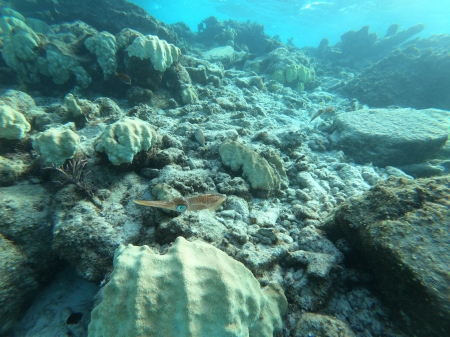



 Posted by Madelyn in TCI
Posted by Madelyn in TCI 




